Ukraine's ambition to become a weapons manufacturing power again
Anticipating uncertainty about future military aid, Kiev is trying to rebuild its defense industry, which has been nearly destroyed after more than 21 months of conflict with Russia, according to Politico.
Kiev's top national security leaders have arrived in Washington for a series of key meetings with the US and NATO partners aimed at turning Ukraine's ambitions of once again becoming a weapons-making power into reality.
The meetings have major implications not only for the conflict but also for Ukraine’s ability to produce weapons in the years ahead. With the fighting at a stalemate and growing concerns about the West’s long-term support for Kiev, the gathering could be a barometer for what that support will look like in the months and years ahead.
The Ukrainian delegation was led by presidential adviser Andriy Yermak, Defense Minister Rustem Umerov and Alexander Kamyshin, Minister of Strategic Industries. They met with counterparts from the White House, the Pentagon, the Department of Commerce and State, as well as key NATO members and CEOs of major defense companies.
Initially envisioned as a way for the Ukrainians to build new contacts and engagement with the U.S. defense industry to bolster their own weapons-making capabilities, the meetings have taken on greater significance as the Biden administration pressures Congress to pass a $60 billion aid package and raises questions about the next steps in the conflict.
The big names running the meetings reflect their ambitions. About 350 representatives of American, Ukrainian and European governments and industries are expected to attend closed-door sessions that will include national arms chiefs from all 50 countries that have collectively supplied Ukraine.
They met with the Pentagon's head of procurement, William LaPlante.
The first day of the U.S.-Ukraine Defense Industry Base Conference was hosted by national security adviser Jake Sullivan, Secretary of Defense Lloyd Austin, Secretary of Commerce Gina Raimondo, and senior Ukrainian officials. The second day “will focus on networking and business-to-business collaboration,” according to a National Security Council spokesperson.
Speaking in Kiev last month, Mr. Yermak called the visit to Washington “extremely important for our defense industry. The event will be attended by representatives of dozens of domestic enterprises, both state-owned and private (Ukrainian). There will be even more companies from the United States.”
The Kiev government's goal is to move from dependence on foreign partners to rebuilding its defense industry and eventually becoming an exporter of drones and other equipment that Ukrainian engineers have focused on since the conflict with Russia broke out.
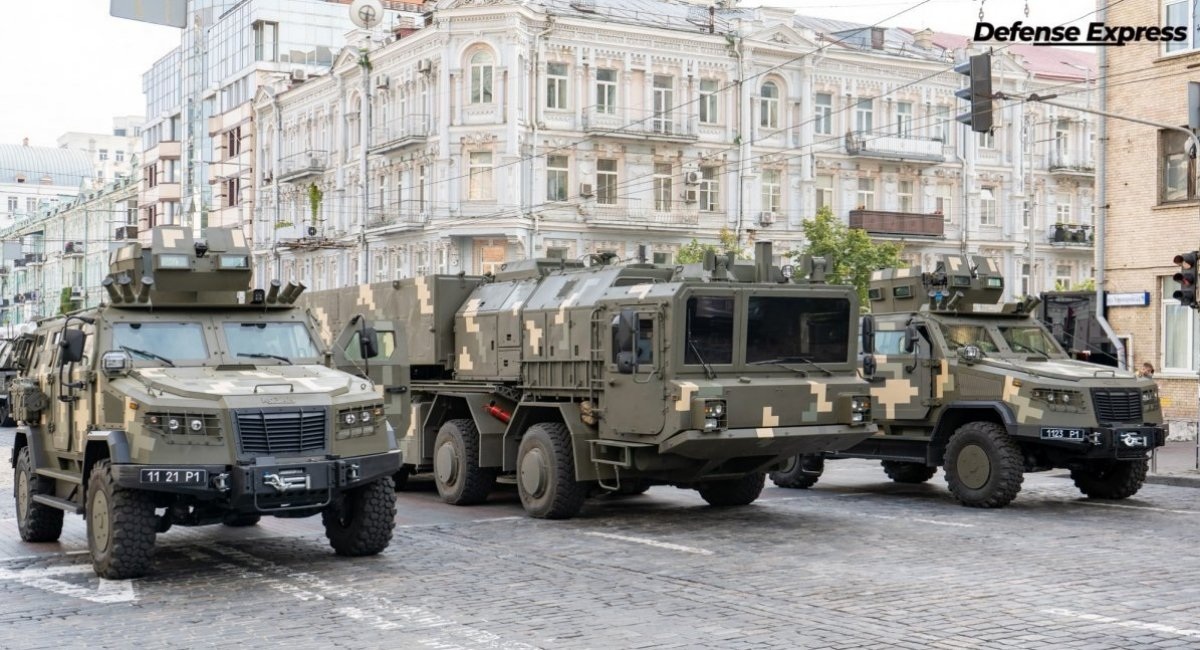
Before the conflict broke out, Ukraine was a country with a fairly strong defense industry (Photo: Defense Express).
Russia - Ukraine ready for fierce competition in cold winter
The visit of the Kiev delegation to the US comes as Ukrainian forces are enduring a second bloody winter with the Russian army.
The mood this year, however, was different. After the resounding successes of last winter’s blitzkrieg, confidence in the anticipated spring offensive was initially high, and Russia’s supposedly dire state of morale was thought to presage a more successful counteroffensive than Ukraine actually achieved.
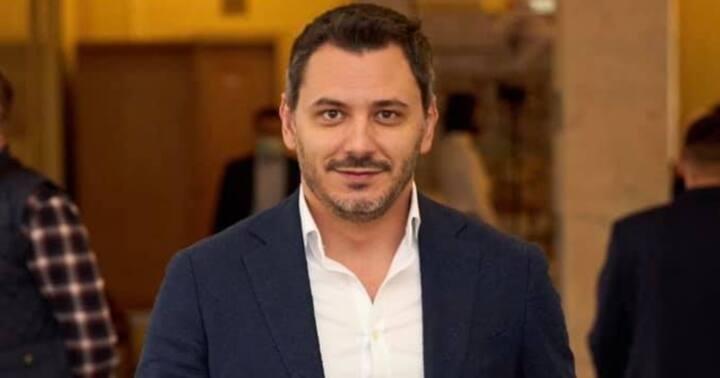
One of our key points when we came to Washington for the meeting was that we didn't want fish, we needed tools to catch fish.
This December, the outlook was bleaker as months of fighting on a frontline stretching thousands of kilometers turned the fighting into an artillery duel in muddy conditions.
To break the stalemate while protecting Ukraine's critical infrastructure from Russian ballistic missile and drone attacks, air defense weapons top the list of equipment Ukraine needs from its allies during the winter months, led by short-range radars.
Specifically, Kiev is seeking Sentinel short-range radars designed to track ballistic missiles, slower-moving drones, fixed-wing aircraft and helicopters, among others, according to a person familiar with the U.S.-Ukraine discussions who was granted anonymity to discuss internal deliberations.
Kiev is also looking for 155mm, 152mm and 122mm Grad rockets. In addition, it wants smaller counter-battery radars that frontline units can use to locate Russian mortar and short-range rocket fire.
“We understand that Russia will use missiles against us this winter, but they are just waiting for cold weather to target our gas and electricity facilities,” said Yehor Cherniev, deputy chairman of Ukraine’s Security, Defense and Intelligence Committee, on the sidelines of the Halifax International Security Forum last month.
“One of our key points when we came to Washington for the meeting was that we don’t want fish, we need tools to catch fish,” said Mr. Cherniev.
Two European defense contractors have pledged to start work in Ukraine, albeit without US manufacturers on board.
German arms giant Rheinmetall said it would partner with Ukraine's state-owned arms company Ukroboronprom to build tanks and armoured vehicles, while UK-based BAE also announced it would open an office in Kyiv and could start producing 105mm guns in Ukraine.
It is a different approach from last December, when Abrams tanks, F-16 fighter jets and long-range US aircraft and UK missiles topped Kiev's list of demands.
At the time, Ukrainian leaders – buoyed by the astonishing success of the autumn counteroffensive, which had driven Russian troops from hundreds of square kilometers of ground across the east and south – boldly believed that with winter re-equipment and reinforcements, they would repeat their success in the spring.
That did not happen despite a summer of fierce fighting against Russian defenses, with modern Western tanks, armored vehicles and longer-range missiles proving effective, but not enough to bring Moscow down.
With the fate of $60 billion in weapons and other aid still stalled in Congress, and less than $5 billion remaining in President Joe Biden’s authority to ship more weapons and equipment from the United States, Kiev wants the package passed before the chaotic politics of the U.S. presidential election could slow things down or even potentially cut off aid.
In a departure from previous meetings, Ukraine’s leaders have shifted from publicly asking for funding of major weapons systems to using their capabilities to assure Western allies that they are ready for a long fight in the hope of being insulated from Western politics and more closely tied to the global defense industry.
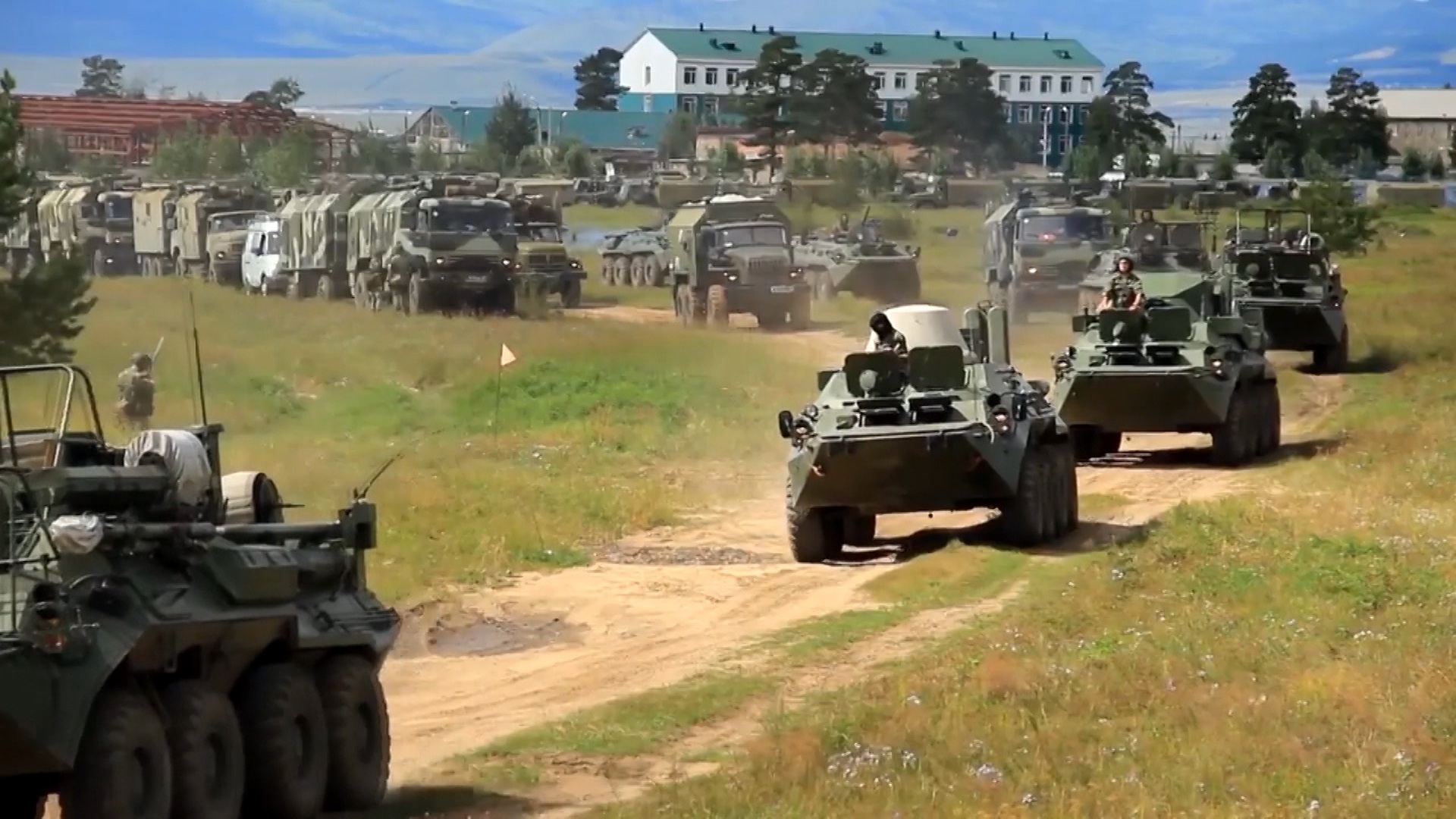
Russia is ready for a second winter in Ukraine (Photo: Russian Defense Ministry).
Ukraine pays a heavy price, US and Europe are worried
A recent attack illustrates the shift. A swarm of Ukrainian-made drones targeted power plants in the Russian-occupied east, a tactic learned from the Russians, who have tried to “cover Kiev in darkness” since the conflict began in February 2022.
The Ukrainian offensive has had modest success, cutting off power to several towns in Russian-controlled territory. But the message is more lasting: Kiev will continue its efforts throughout the winter to put more pressure on Russian forces controlling its territory, and it now has the means to do so.

On the one hand, Russia has stockpiled quite a lot of missiles and drones and adjusted its tactics, but on the other hand, Ukraine has more air defense forces this time and we have also learned a lot during the conflict.
Ukraine has poured millions of dollars into short- and medium-range drone programs in recent months, identifying this as a place where investments could yield quick results.
But the battle over the grid may just be getting started, as Ukrainian officials have noted for weeks that Russian missile strikes on the capital have become suspiciously less frequent, raising concerns that Moscow is stockpiling missiles and drones to buy bigger, more powerful ones to launch attacks this winter aimed at “freezing” civilians in Kiev and other major cities.
“Russia will most likely continue to attack energy infrastructure throughout the winter,” said Pavel Verkhniatskyi, managing partner at COSA Intelligence Solutions in Kiev. “On the one hand, they have stockpiled quite a lot of missiles and drones and adjusted their tactics, but on the other hand, we have more air defenses this time and we have also learned a lot during the conflict.”
Those lessons came at a high price.
Holding out for so long without being able to deliver a decisive blow against Russian forces has made the outcome of the conflict less clear, leading to some anxiety in Europe and Washington about how long their military support can continue as defense industries struggle to ramp up production.
“We have felt the lack of these resources because the packages (from the US) are now becoming less and less, smaller and smaller. But the intensity of this conflict has not decreased at all,” said Mr. Cherniev, the Ukrainian lawmaker.
According to Politico
Source








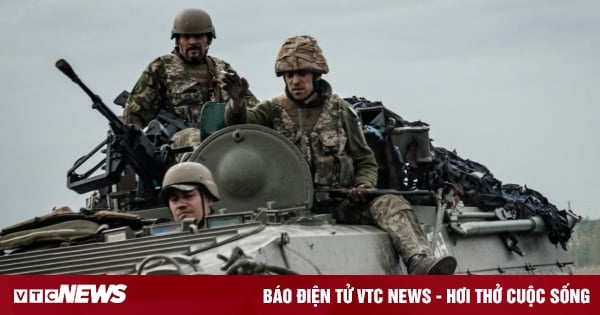

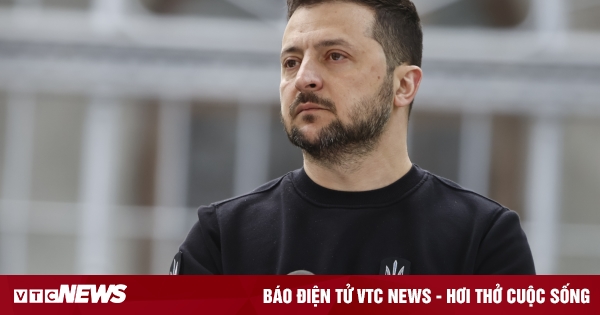
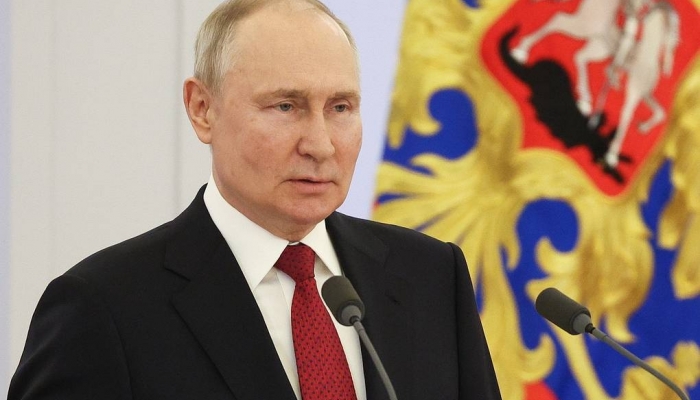

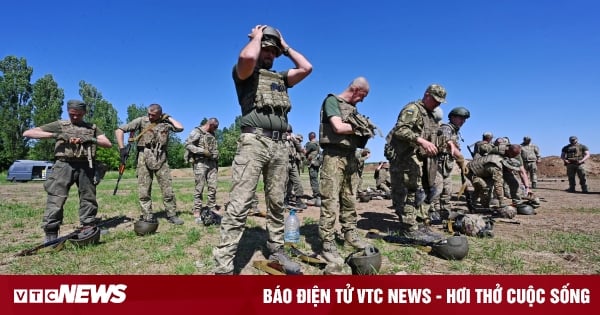
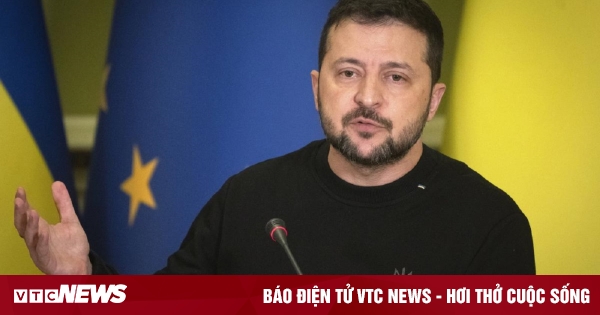
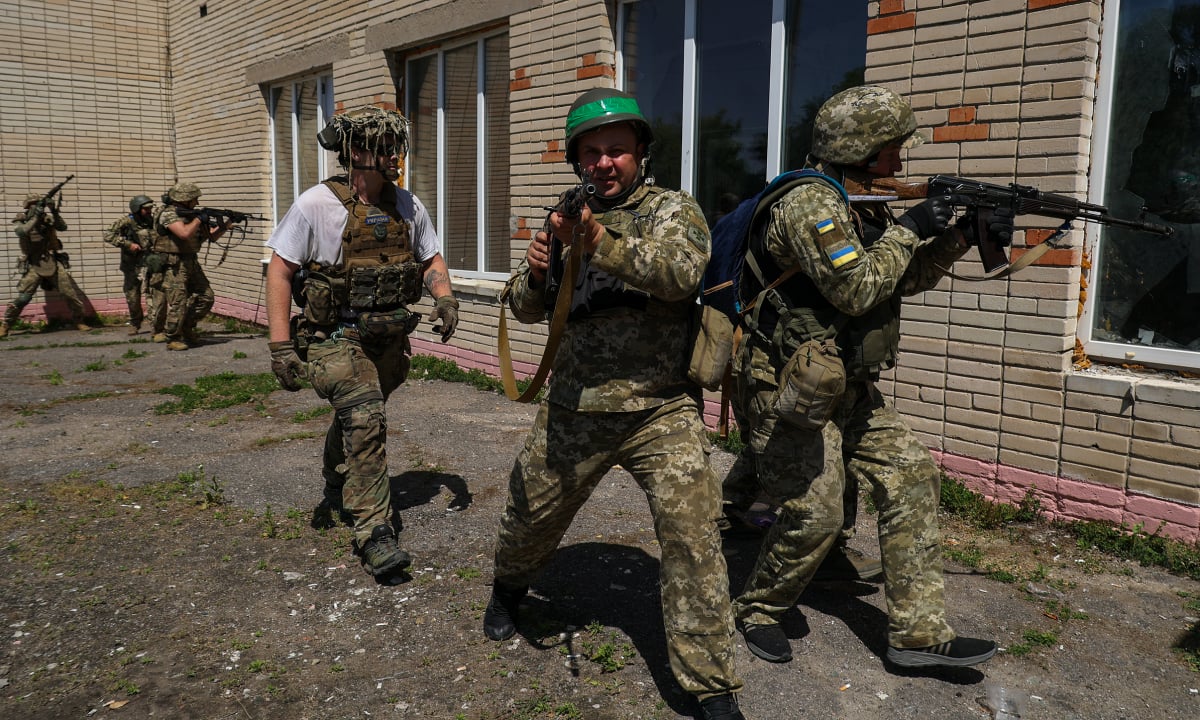

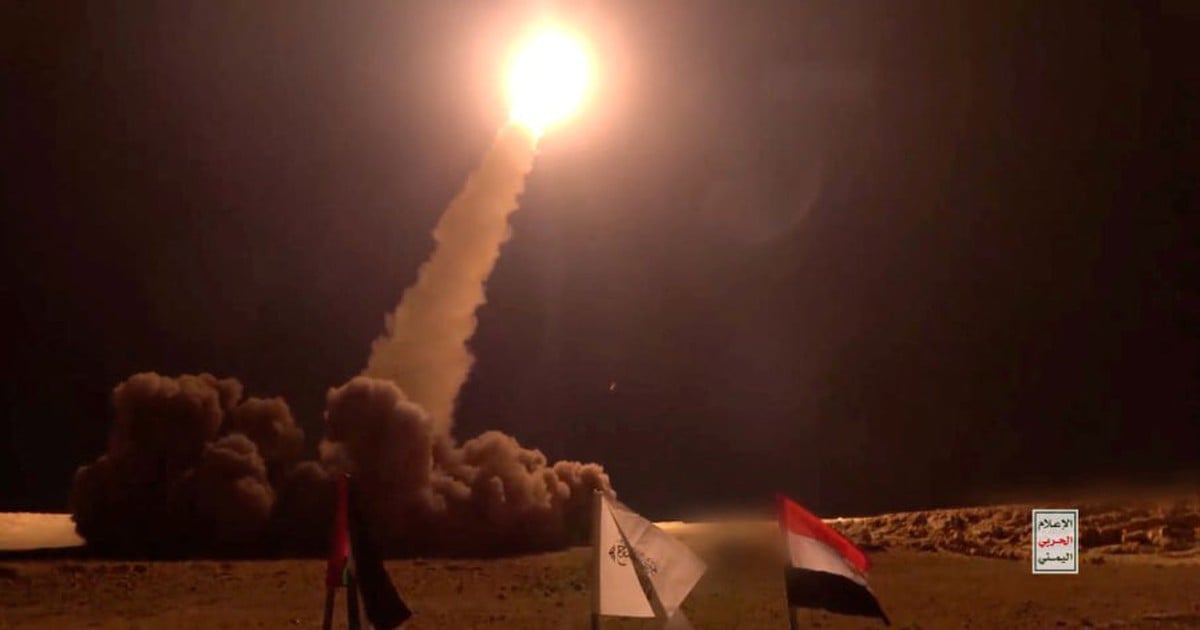

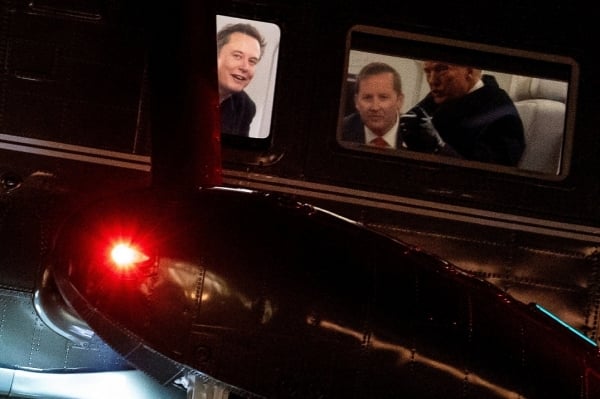

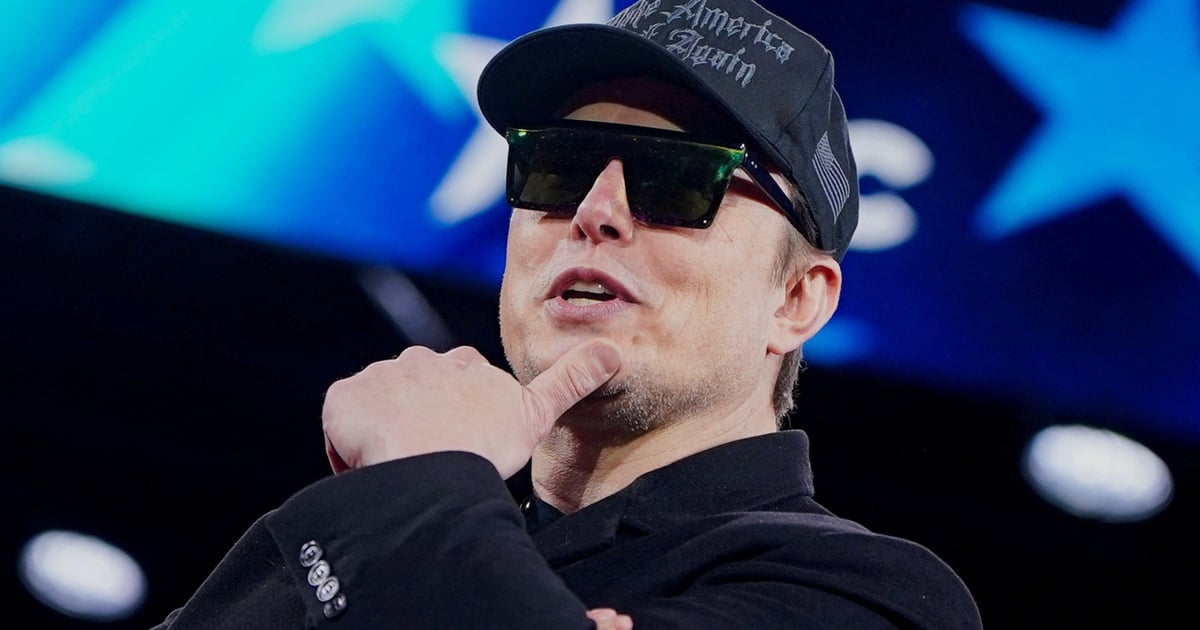
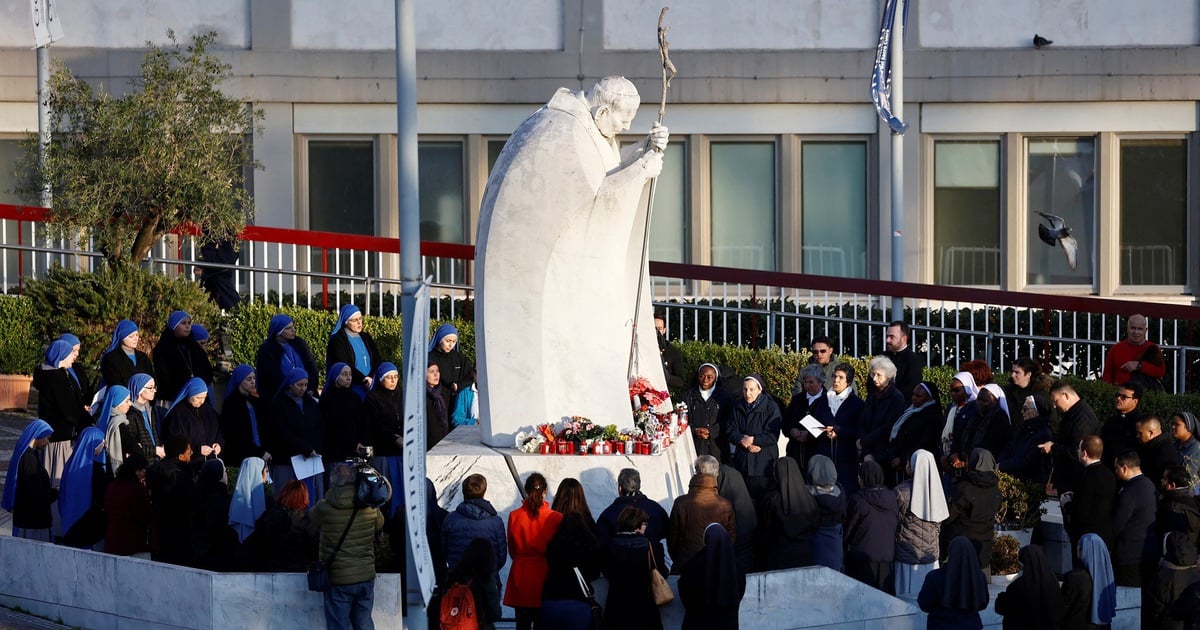
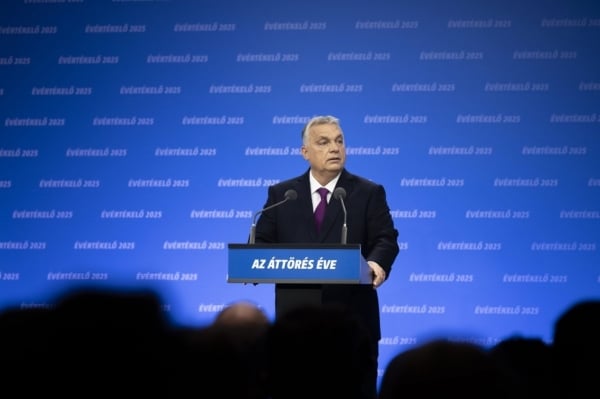
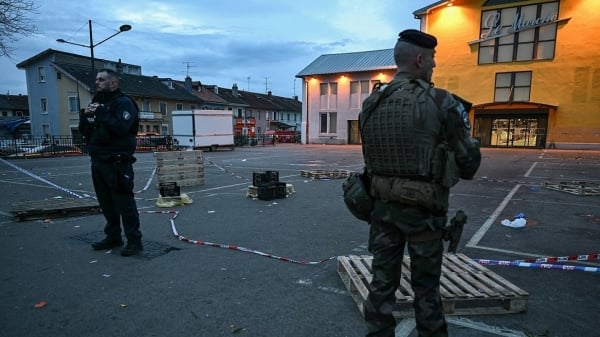


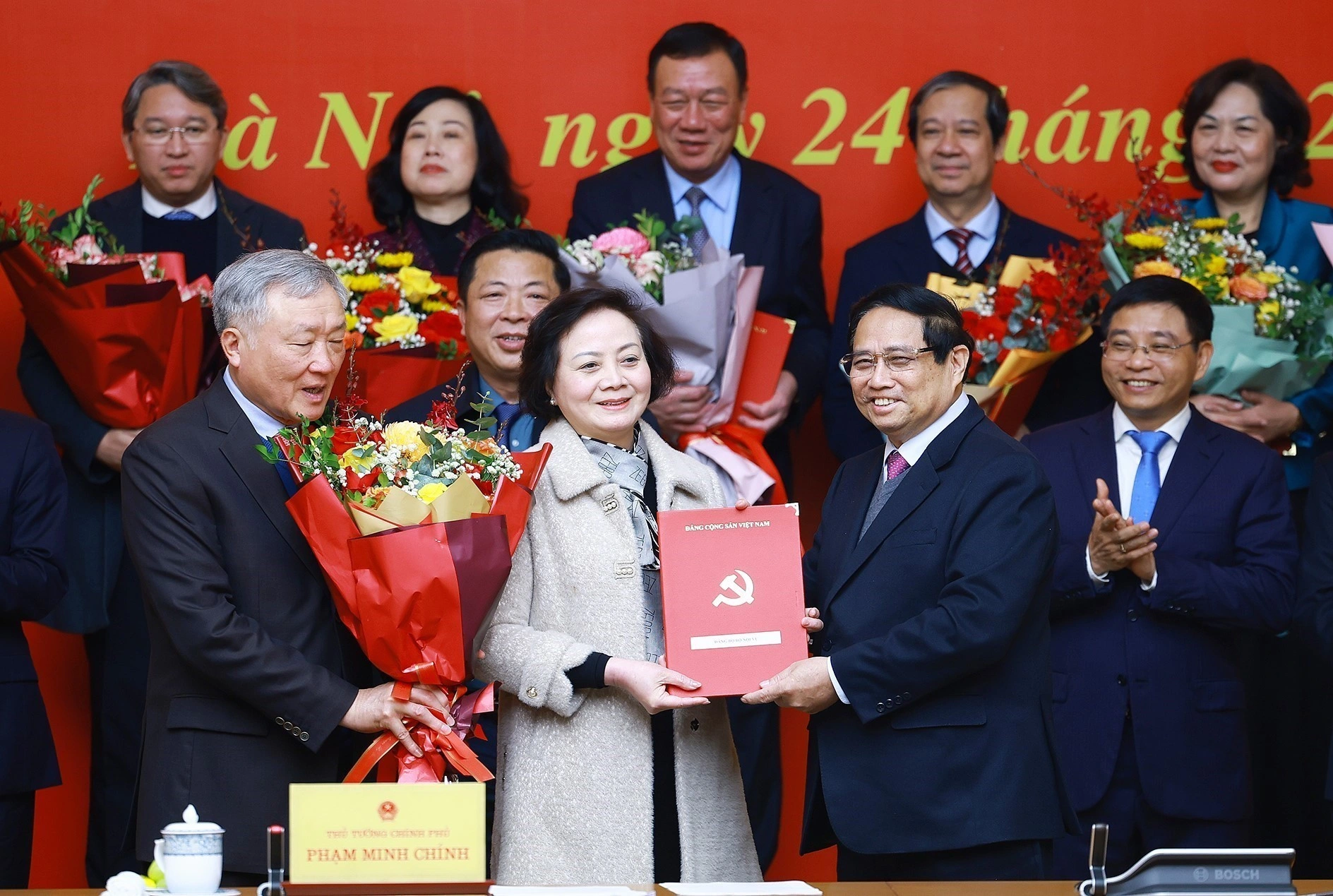
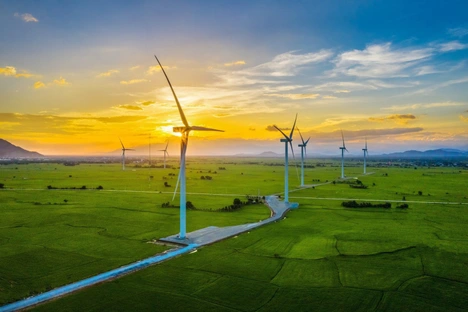
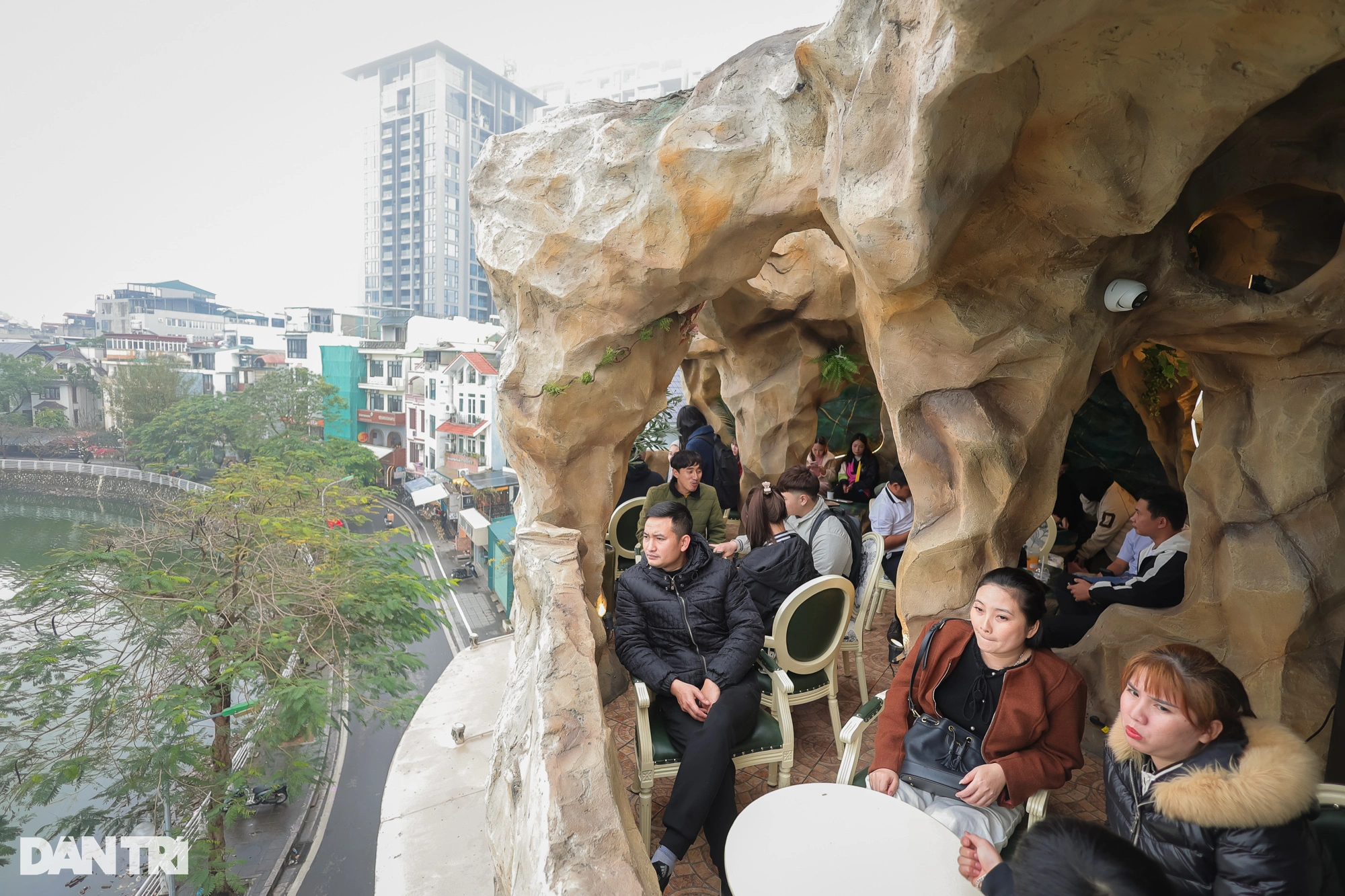







![[Photo] Prime Minister Pham Minh Chinh chairs Government Conference with localities on economic growth](https://vstatic.vietnam.vn/vietnam/resource/IMAGE/2025/2/21/f34583484f2643a2a2b72168a0d64baa)







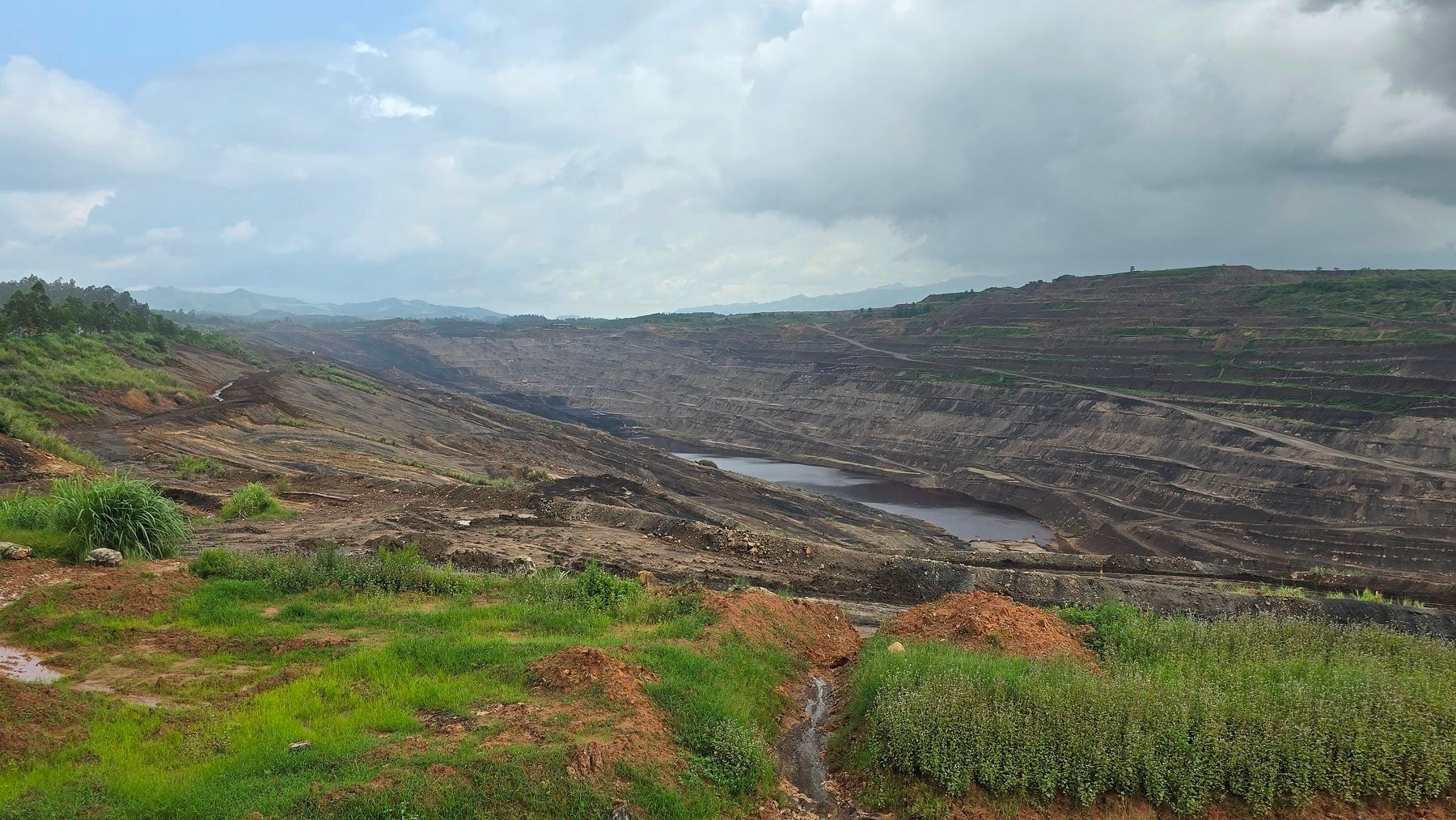



















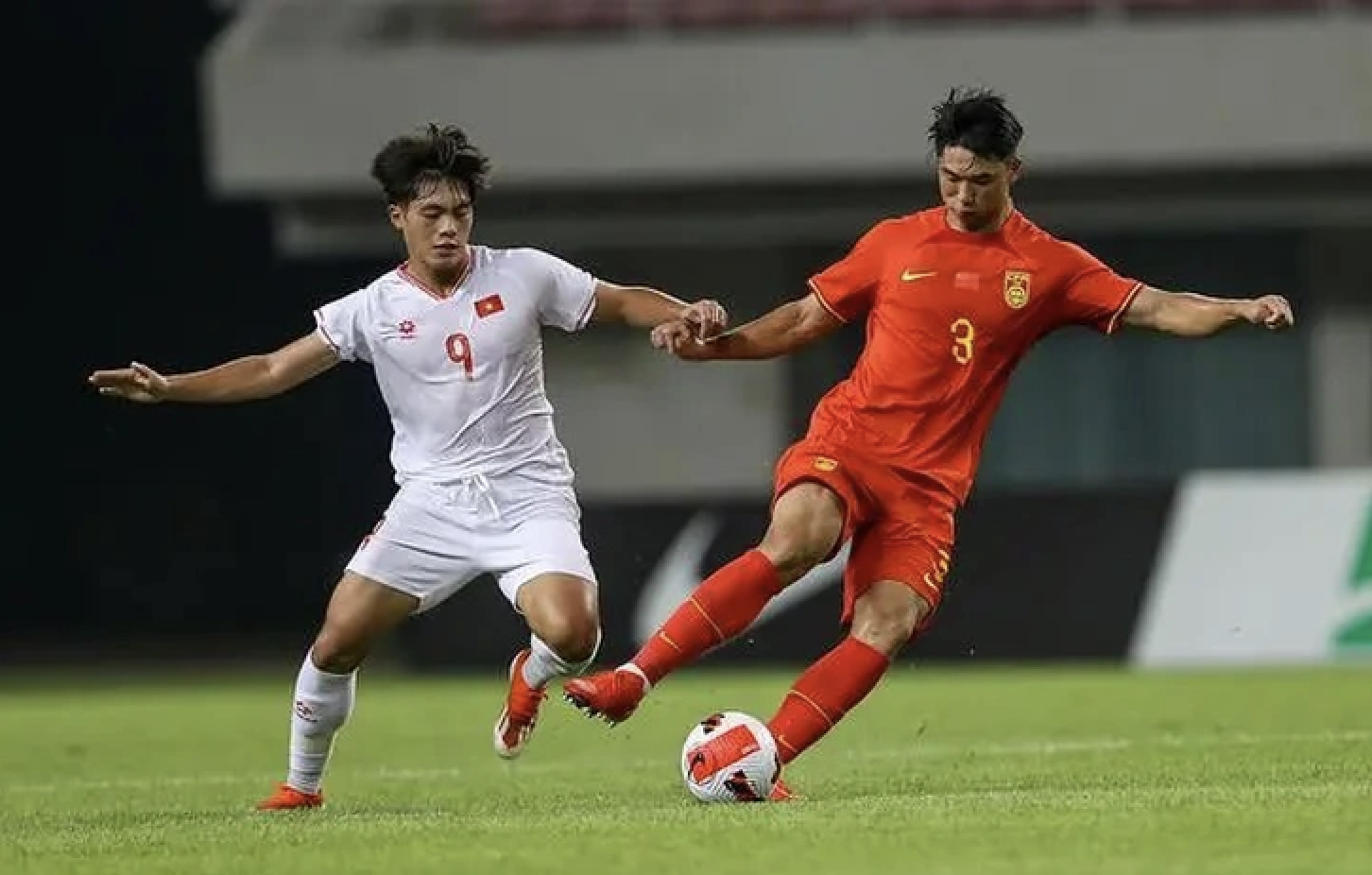
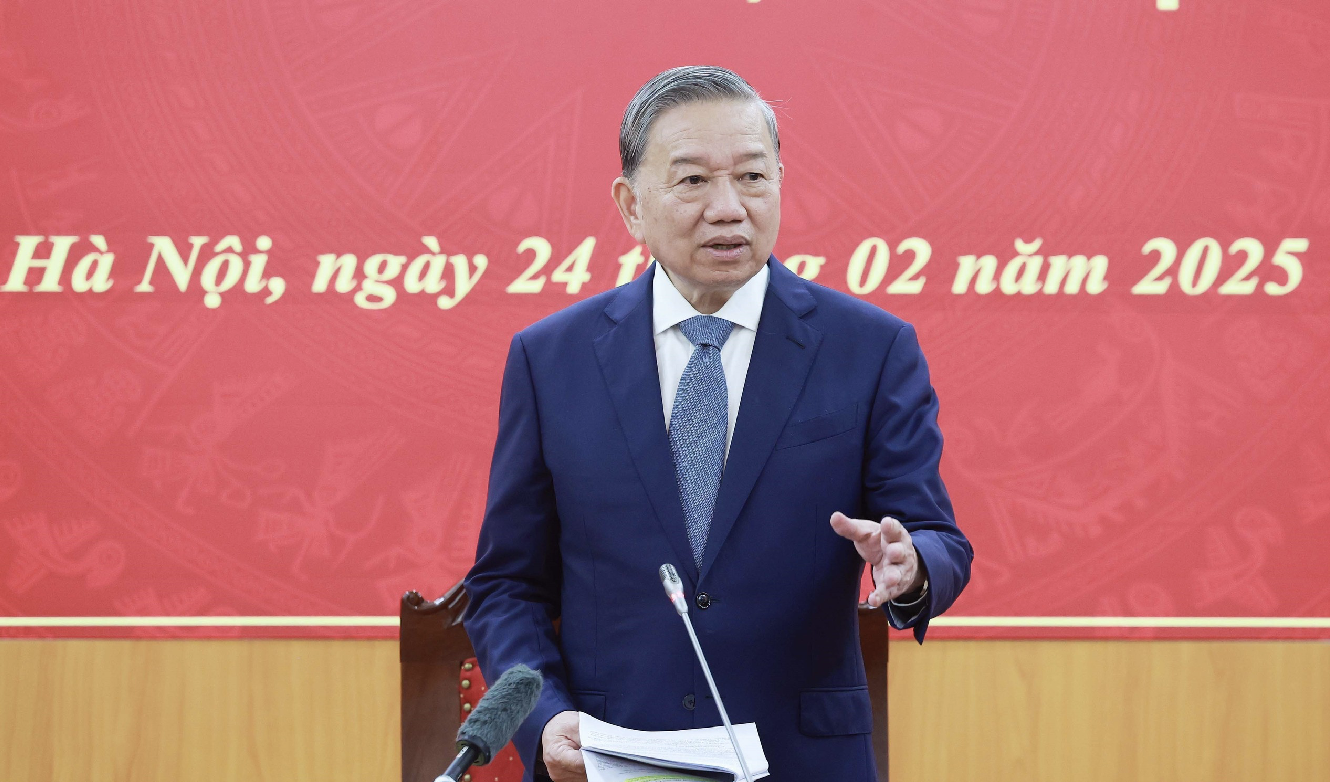
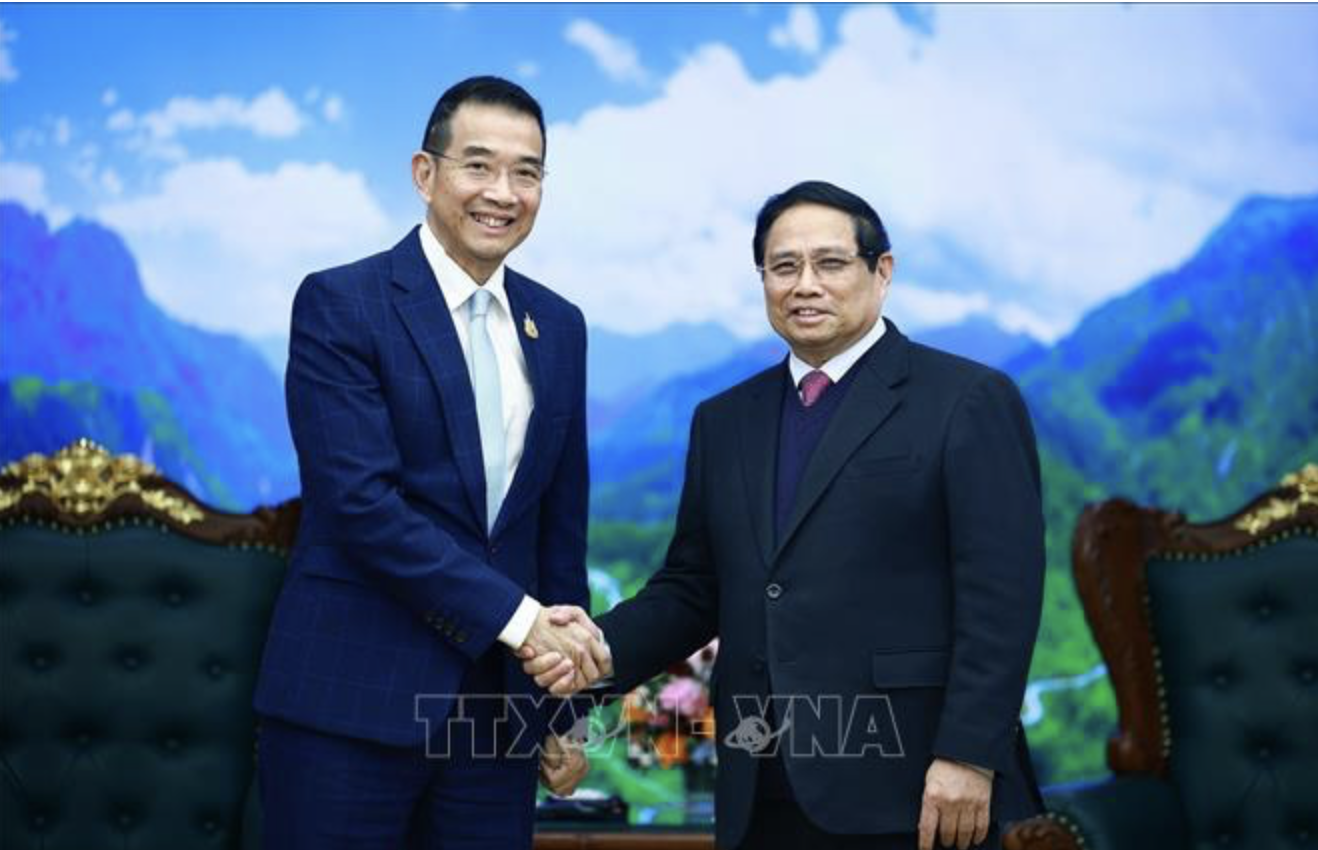

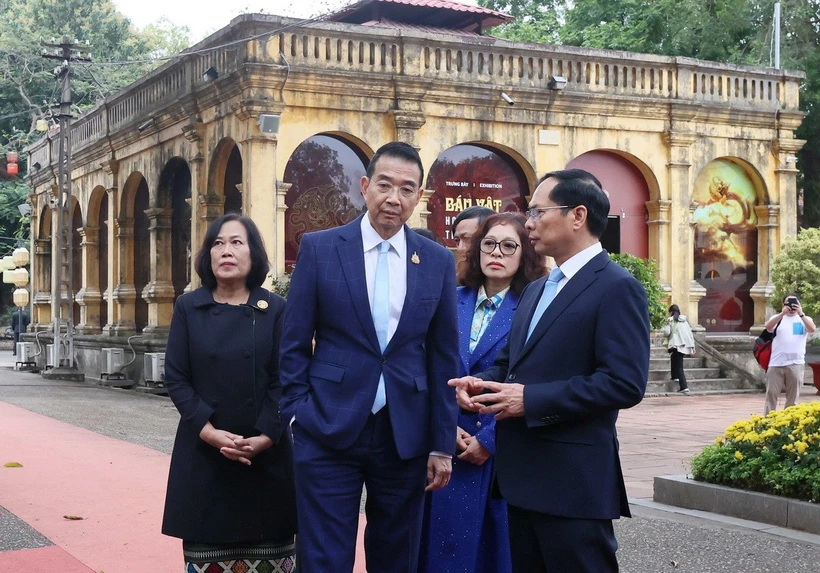



























Comment (0)